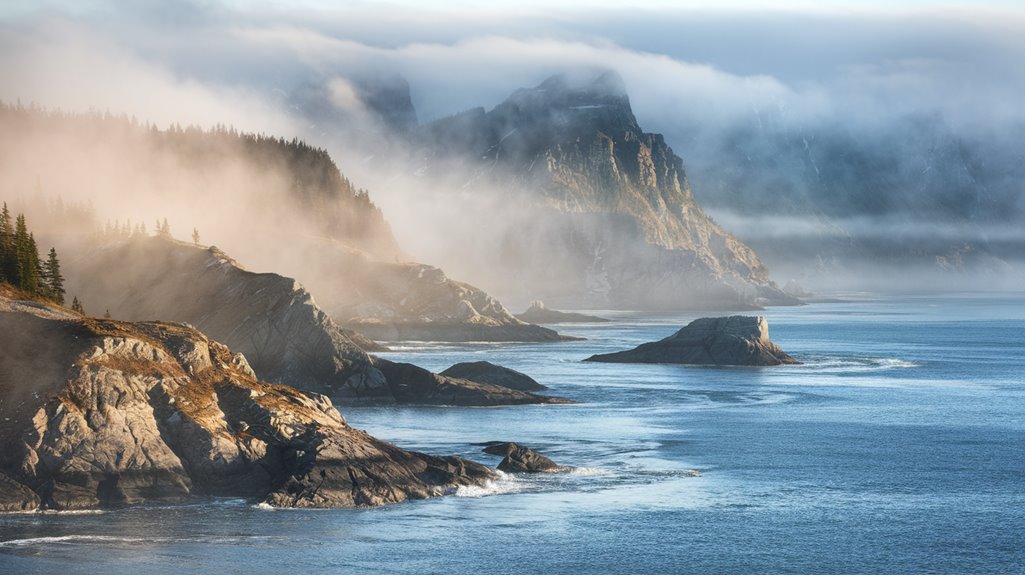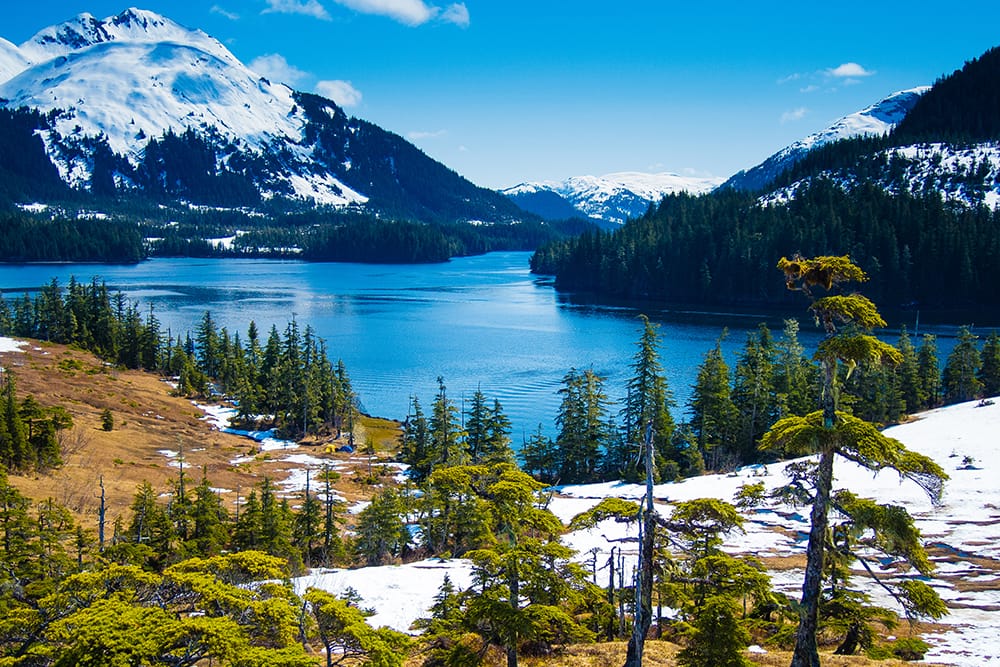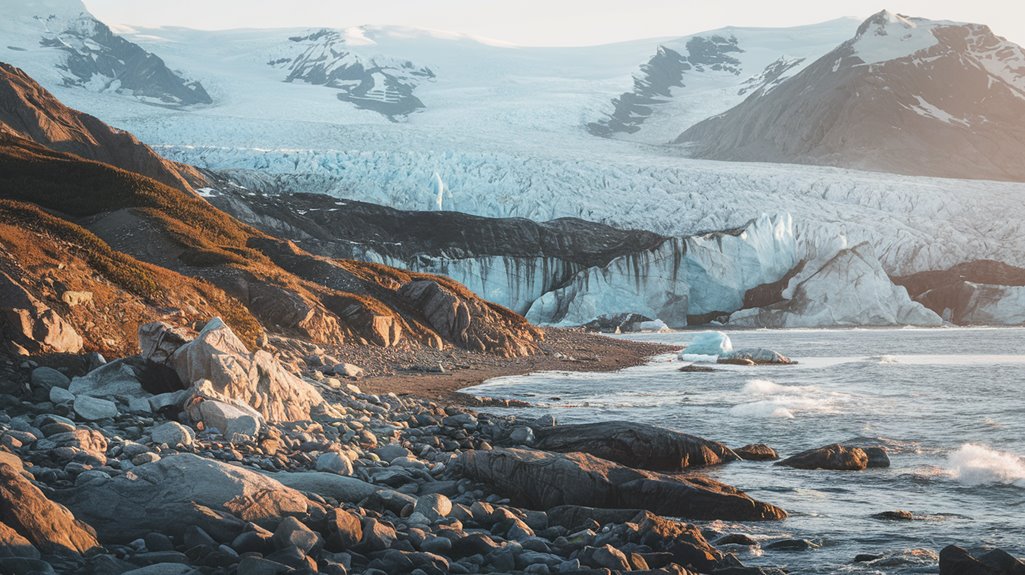
The Cultural Compass: Understanding Alaska’s Native Villages and Regions Map
The map of Alaska Native villages and regions is far more than a geographical outline; it is a profound historical document, a testament to enduring identity, and a living guide to the diverse cultures that have thrived in the vast Alaskan landscape for millennia. For anyone seeking to understand the true spirit of Alaska, whether as a traveler or a student of history, this map serves as an indispensable key, unlocking stories of resilience, adaptation, and an unwavering connection to the land and sea. It’s not merely a collection of lines and labels, but a dynamic representation of sovereignty, cultural heritage, and ongoing struggles and triumphs.
A Tapestry Woven Through Time: Pre-Contact Alaska
Before the arrival of European explorers, Alaska was a vibrant mosaic of self-sufficient Indigenous nations, each with its own intricate social structures, languages, spiritual beliefs, and sophisticated adaptations to incredibly diverse environments. From the ice-bound Arctic coasts to the dense rainforests of the Southeast, Native peoples not only survived but flourished, developing profound knowledge of their ecosystems.

The ancestors of today’s Alaska Natives crossed the Bering Land Bridge tens of thousands of years ago, spreading across the continent. Over millennia, distinct cultural groups emerged: the Inupiaq and St. Lawrence Island Yup’ik of the Arctic and Bering Sea coasts, renowned for their whaling traditions; the Yup’ik and Cup’ik of Western Alaska, masters of the Bering Sea and river systems; the Unangax (Aleut) and Alutiiq (Sugpiaq) of the Aleutian Islands and Southcentral coast, unparalleled maritime hunters; the numerous Athabascan groups (including Dena’ina, Gwich’in, Koyukon, Tanana, Ahtna, etc.) of the vast Interior, adept at hunting caribou and moose along river systems; and the Tlingit, Haida, and Tsimshian of Southeast Alaska, with their iconic totem poles, complex clan systems, and rich salmon cultures.
These societies were characterized by deep oral traditions, intricate kinship networks, sustainable resource management practices, and a profound respect for the natural world. Their villages, often strategically located for access to vital resources, were centers of innovation, artistry, and spiritual life. The "map" in this era was held in the collective memory of the people – a mental atlas of hunting grounds, fishing camps, ceremonial sites, and ancestral paths, passed down through generations.
Eras of Transformation: Contact and Colonization
The arrival of outsiders brought seismic shifts to these established ways of life. The first significant European presence came with Russian fur traders in the mid-18th century. Drawn by the lucrative sea otter pelts, the Russians established trading posts, primarily in the Aleutian Islands and Southcentral Alaska. This period, lasting until 1867, was marked by violence, disease, forced labor, and the disruption of traditional economies. While the Russian Orthodox Church also established a lasting presence and some cultural exchange occurred, the overall impact was devastating for many Indigenous communities, particularly the Unangax. The Russian mapping efforts were primarily for resource extraction and navigation, rarely acknowledging or representing Native land tenure.

When the United States purchased Alaska from Russia in 1867, the transaction was conducted without any consultation with the Indigenous inhabitants or recognition of their inherent land rights. Alaska was seen by many Americans as a vast, empty wilderness ripe for exploitation. The subsequent American policies continued the pattern of disregard and, in many cases, active suppression of Native cultures. Assimilation became the dominant goal, manifested through the establishment of mission schools and federal boarding schools, where Native languages were forbidden, and traditional practices were punished. This era saw the erosion of traditional governance structures, the introduction of foreign legal systems, and further pressure on subsistence lifestyles. The official maps of this period largely ignored Native presence, depicting vast tracts of federal land, national parks, and reserves, effectively erasing thousands of years of Indigenous occupation.
The Dawn of Self-Determination: ANCSA and Modern Regions
The mid-20th century brought a new urgency to the question of Native land rights. The discovery of vast oil reserves on the North Slope in the 1960s and the subsequent need for a pipeline to transport this oil to market directly confronted the unresolved issue of aboriginal land claims. Alaska Native leaders, recognizing this pivotal moment, organized and advocated for their rights.
This advocacy culminated in the passage of the Alaska Native Claims Settlement Act (ANCSA) in 1971. ANCSA was a landmark piece of legislation, unique in its approach to Indigenous land claims. It extinguished aboriginal title to most of Alaska (over 365 million acres) in exchange for 44 million acres of land and nearly $1 billion. Crucially, ANCSA did not establish reservations or traditional tribal governments as the primary landowners. Instead, it created a corporate structure: twelve regional corporations (a thirteenth was later added for the Annette Islands Reserve) and over 200 village corporations.

How ANCSA shaped the map: The boundaries of these 12 (now 13) regional corporations are the prominent "regions" seen on modern Alaska Native maps. Each regional corporation was designed to manage land and financial assets for the benefit of its Native shareholders, who are enrolled descendants of the original inhabitants of that region. Village corporations hold surface estate within the regional corporation’s boundaries. This corporate structure was intended to foster economic self-sufficiency and integrate Native people into the American economic system.
It’s vital to understand that ANCSA’s corporate regions, while representing areas of shared cultural heritage, are not the same as traditional tribal governments. Many Alaska Native communities also chose to organize or reaffirm their status as federally recognized tribes under the Indian Reorganization Act (IRA) or other federal statutes. This has led to a complex, often dual system of governance and land management, where tribal governments exercise inherent sovereignty over their members and limited lands, while ANCSA corporations manage vast land holdings and pursue economic development. The map, therefore, implicitly reflects both these corporate regions and the locations of numerous tribal governments, each with its distinct jurisdiction and cultural significance. These boundaries, both corporate and governmental, are not static; they represent ongoing negotiations, challenges, and evolving definitions of self-determination.
A Mosaic of Identities: Cultural Diversity on the Map
While ANCSA provided a framework for land ownership and economic development, the true richness of the Alaska Native villages and regions map lies in the cultural and linguistic diversity it represents. Each village, each region, is a unique cultural universe, a repository of thousands of years of accumulated knowledge, traditions, and language.
- Arctic and Bering Strait (Inupiaq, St. Lawrence Island Yup’ik): The map shows villages like Utqiaġvik (Barrow), Kotzebue, and Savoonga. These communities are defined by the Arctic environment, reliant on whaling, seal hunting, and caribou. Their languages, dialects, and cultural practices reflect deep knowledge of sea ice, Arctic wildlife, and communal hunting.
- Western Alaska (Yup’ik, Cup’ik): Villages such as Bethel, Chevak, and Quinhagak populate the vast Kuskokwim and Yukon River deltas and the Bering Sea coast. These communities are rich in Yup’ik language and culture, known for intricate basket weaving, mask making, and a profound connection to salmon and waterfowl.
- Southcentral and Kodiak (Alutiiq/Sugpiaq, Dena’ina Athabascan): The map includes communities like Kodiak, Nanwalek, and Tyonek. Here, maritime cultures blend with Athabascan traditions. The Alutiiq people, heirs to a powerful seafaring heritage, and the Dena’ina, who traditionally occupied the Cook Inlet area, showcase distinct adaptations to coastal and interior environments.
- Aleutian Islands (Unangax): Stretching across the "Cradle of Storms," villages like Unalaska and Atka represent the Unangax people, whose ancestors navigated these treacherous waters in their remarkable skin kayaks (iqyax) for millennia. Their culture is one of extreme resilience and sophisticated maritime technology.
- Interior Alaska (Numerous Athabascan Groups): The largest land area on the map, dotted with villages like Fort Yukon, Nenana, and Tanana. This vast region is home to many distinct Athabascan language groups, each with unique hunting practices, storytelling traditions, and spiritual connections to the boreal forest and river systems.
- Southeast Alaska (Tlingit, Haida, Tsimshian): The panhandle, with its intricate waterways, shows villages like Juneau, Sitka, Ketchikan, and Hydaburg. These nations share a rich Northwest Coast culture, characterized by complex social structures, totem poles that tell ancestral stories, elaborate ceremonies, and a deep reverence for salmon and cedar.

The map, by simply placing these village names and outlining regional boundaries, points to the incredible linguistic diversity of Alaska, a state with over 20 distinct Indigenous languages, many of which are critically endangered but actively undergoing revitalization efforts. Each village is a unique cultural hub, a repository of local knowledge, oral histories, and living traditions.
The Map as a Living Document: Modern Challenges and Resilience
Today, the "Alaska Native villages and regions map" continues to be a living document, reflecting ongoing challenges and remarkable resilience.
Subsistence: For many Alaska Natives, subsistence hunting, fishing, and gathering are not just a means of survival but a cornerstone of cultural identity, spiritual well-being, and community cohesion. The map highlights the areas where these practices are most vital, but these traditions are increasingly threatened by climate change, environmental degradation, and regulatory complexities.
Cultural Preservation: Despite centuries of assimilation efforts, Alaska Native cultures are experiencing a powerful resurgence. Language revitalization programs, traditional arts and crafts, dance groups, and storytelling initiatives are vibrant across the state. The map indirectly points to these efforts, as each village and region strives to maintain its unique cultural heritage.
Economic Development: The ANCSA corporations play a significant role in the Alaskan economy, balancing profit-making ventures with their mandate to support Native shareholders and communities. They engage in diverse industries, from oil and gas to tourism, construction, and telecommunications, often investing profits back into scholarships, cultural programs, and infrastructure development in their regions.
Climate Change: Alaska Native villages are on the front lines of climate change. Coastal erosion, melting permafrost, changing animal migration patterns, and unpredictable weather events are directly impacting the physical locations and traditional lifestyles of many communities depicted on the map. Some villages face the existential threat of relocation.
Self-Governance and Sovereignty: The relationship between federal, state, and tribal governments in Alaska is constantly evolving. Many tribes continue to advocate for greater self-governance, control over their lands, resources, and justice systems, and full recognition of their inherent sovereignty.
For travelers, understanding this map is paramount to responsible and respectful engagement. These are not just scenic backdrops; they are vibrant, living communities with deep histories and ongoing contemporary lives. Respecting local customs, supporting Native-owned businesses, and seeking permission before entering private or traditional lands are fundamental courtesies. Engaging with Native cultural tourism offers invaluable insights, providing opportunities to learn directly from the people whose heritage is inextricably linked to these lands.
In conclusion, the Alaska Native villages and regions map is far more than a geographical tool. It is a profound narrative etched into the land, a testament to the enduring presence, resilience, and rich diversity of Alaska’s First Peoples. It serves as a historical record, a cultural compass, and a guide to understanding the complex, vibrant, and continuously evolving identity of Alaska itself. To truly see Alaska, one must look beyond its rugged beauty and into the heart of its Indigenous cultures, as illuminated by this living atlas.

